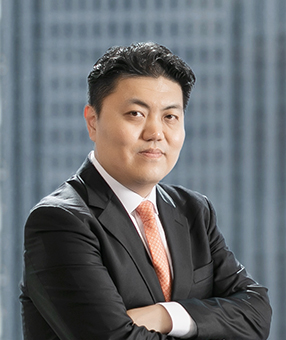Since its inauguration, the second Trump Administration has been imposing various tariff-related measures. In particular, the second Trump Administration uses Section 232 of the Trade Expansion Act of 1962 (“Section 232”), which allows the imposition of special trade measures like tariffs based on national security grounds, on products including steel, aluminum, automobile and auto parts, copper, etc.
President Trump has publicly stated his intent to impose tariffs on imported semiconductors since the beginning of his current term. Given his recent remarks indicating imminent tariff imposition, Korean companies are advised to prepare for potential tariff measures on semiconductors and semiconductor manufacturing equipment through Section 232 investigations.
|
1. |
Section 232 – Investigation Procedures and Cases |
|
2. |
Section 232 Investigation on Semiconductors and Semiconductor Manufacturing Equipment by Second Trump Administration |
|
3. |
Key Points of Investigation and Stakeholders’ Arguments in Section 232 Investigation on Semiconductors and Semiconductor Manufacturing Equipment |
As described above, stakeholders in the Section 232 investigation on semiconductors and semiconductor manufacturing equipment expressed opinions such as the importance of cooperation with trading partners and a cautious approach to imposing tariff measures. However, as previously noted, the Trump Administration is expected to announce tariff measures on semiconductors citing national security within the near future.
If tariffs are imposed on the semiconductors and manufacturing equipment, companies exporting semiconductors, semiconductor manufacturing equipment and derivative products containing semiconductors to the US will need to review related practical matters. First, given the global nature of the semiconductor industry’s supply chain, the criteria for determining origin will likely be a controversial point. Considering that tariff rates on Section 232 items like automobiles from some trading partners were reduced through recent tariff negotiations with the US, there is potential for changes in the tariff rates applied to exports based on the origin determination by US customs authorities.
In addition, companies should explore appropriate measures, including the invocation of the First Sale Rule to reduce tariffs on goods exported to the US, review transfer pricing strategies for customs valuation, and examine contractual provisions related to tariff burden agreements with US trading partners. Especially, given President Trump’s repeated mention of imposing tariffs on semiconductors, it would be prudent for companies to proactively prepare for practical tariff-related matters tailored to their specific circumstances.










